The divisions of historic motorbikes into classes by date of manufacture actually varies slightly from one geographic location to another. For the purposes of today’s post I am defining each of the classes in accordance with the rules of the Historical Motor Cycle Club of Queensland (HMCCQ).
Veteran
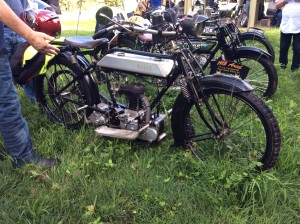
A veteran motorbike is one constructed up to and including 31st December 1918.
Vintage
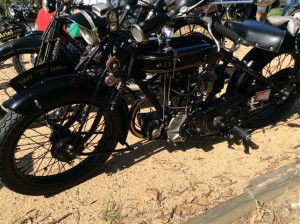
A vintage motorbike is one constructed between and including 1st January, 1919 and 31st December 1930.
Post-Vintage
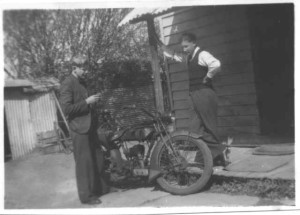
A post-vintage motorbike is one constructed between and including 1st January, 1931 and 31st December 1945.
Post-War
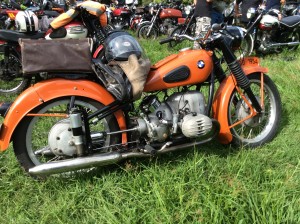
A post-war motorbike is one constructed between and including 1st January, 1946 and 31st December 1960.
Historic
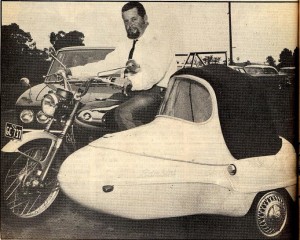
An historic motorbike is one constructed between and including 1st January 1961 and 31st December of the year 30 years prior to the current year.
Historic motorbikes are further divided into 3 groups:
- HISTORIC 60s – constructed between 1st January 1961 and 31st December 1969.
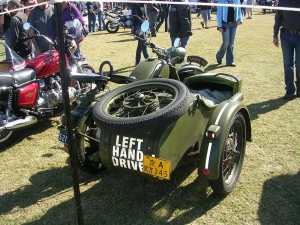
My Chang Jiang outfit was designed in Germany as a BMW R71 in 1938 and therefore looks like a Post-Vintage bike. However, this one was assembled in China in 1962 for the People’s Liberation Army, and is therefore classified as a “Historic 60s” bike. - HISTORIC 70s – constructed between 1st January 1970 and 31st December 1979.
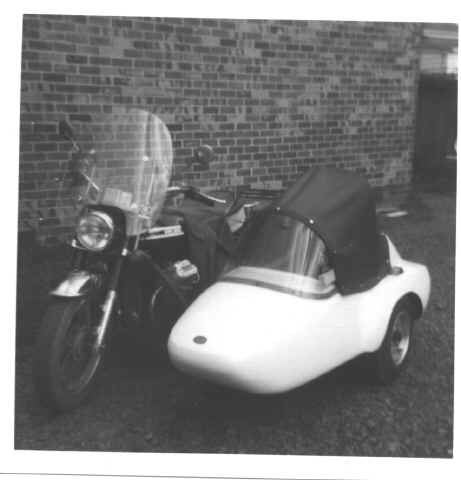
This 1974 Moto-Guzzi Californian with DJP Mark2 sidecar was our transport on our honeymoon when I married Wendy in February 1976. - HISTORIC 80s – constructed between 1st January 1980 and 31st December 1984 (as at 2015).
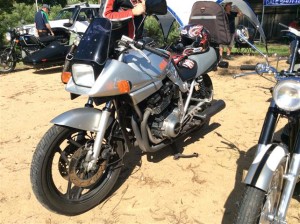
This Suzuki Katana was built in 1983, so it qualifies as a “Historic 1980s” class of bike. To me it seems almost like a “modern” bike.
This is the set of definitions used by HMCCQ and I do realise that other states and other countries have definitions that are in variance with these.
The UK can decide if we want to exempt motorbikes of historic interest, if they ‘have not been subject to substantial change’. Or we could choose to introduce regular testing for such vehicles. If we do decide to exempt motorbikes, we can decide how old they should be before they’re exempted and how to define ‘substantial change’.